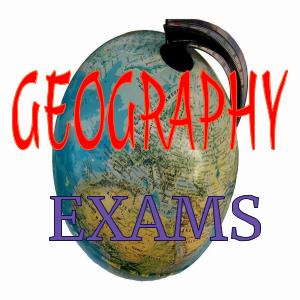Description
The document is a KCSE (Kenya Certificate of Secondary Education) Mock Geography Paper 2 that assesses students’ knowledge and understanding of various geographical concepts and issues. The paper is divided into two sections: Section A and Section B.
Section A
Students are required to answer all questions in this section, which cover a range of topics including:
- Indigenous Hardwood Trees: Students must name two hardwood tree species in Kenya and identify factors that support softwood forest growth.
- Land Management: The difference between land reclamation and rehabilitation is explored, along with methods to control tsetse flies.
- Industrial Geography: Using a provided map of the Ruhr Industrial zone, students must identify towns and discuss physical factors influencing the iron and steel industry in the area.
- Agricultural Practices: Questions focus on simple subsistence farming and similarities in beef farming practices between Kenya and Argentina.
- Pollution: Students define air pollution and explain its effects on urban areas.
Section B
This section requires students to answer question 6 and any other two questions from this section. The topics in this section include:
- Agricultural Production: Students analyze data on agricultural crops produced in Kenya, draw a compound bar graph, and discuss the physical factors that support coffee growing in the Kenyan Highlands. They must also describe the stages of coffee production and compare coffee farming in Kenya and Brazil.
- Fishing Methods: The document describes a fishing method (trawling) and asks students to explain its usage and the challenges facing inland fishing in Kenya.
- Urban Geography: Questions cover rural settlements, the growth of Kisumu town, and solutions to its problems such as pollution, crime, and unemployment.
- Transport and Communication: Students distinguish between transport and communication, identify lake ports, and discuss the advantages and challenges of water transport in Africa.
- Trade and Economics: The last questions focus on trading blocs, imports from the European Union, factors influencing internal trade in Kenya, and measures taken by the Kenyan government to promote international trade.


Reviews
There are no reviews yet.